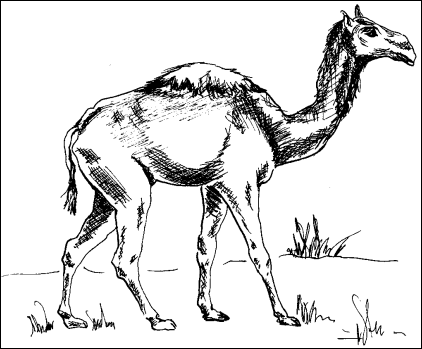

Death comes not only to individuals, but also to entire species. Like death, extinction is a natural part of living, and just as we deplore the loss of individuals, we mourn the loss of whole kinds of plants and animals. Some situations, however, evoke horror rather than reluctant acceptance, as with the wholesale loss of individual lives by earthquake, epidemic, or acts of terrorism. Similar horrendous events dot the geologic history of our planet, with relatively low-level extinction rates suddenly spiking; where a majority of species go extinct within a geological minute.
Five major extinction events have occurred in the past. In the worst,
at the end of the Permian Period, it's estimated that over 90% of all species were
lost. Each such event shapes subsequent evolution—we mammals dominate only because our
competitors died at the end of the Cretaceous Period, 65 million years ago. We now are
in the sixth extinction event—caused not by natural catastrophes, but by humans. And
not one of us can foresee what parts of our beloved desert ultimately will
survive.

Contributor: Arthur H. Harris, Laboratory for Environmental Biology, Centennial Museum, University of Texas at El Paso.
Desert Diary is a joint production of the Centennial Museum and KTEP National Public Radio at the University of Texas at El Paso.

Camelops hesternus, a North American camel that became extinct near the end of the Pleistocene, some 11,000 years ago. Sketch by F.E. Schwein.